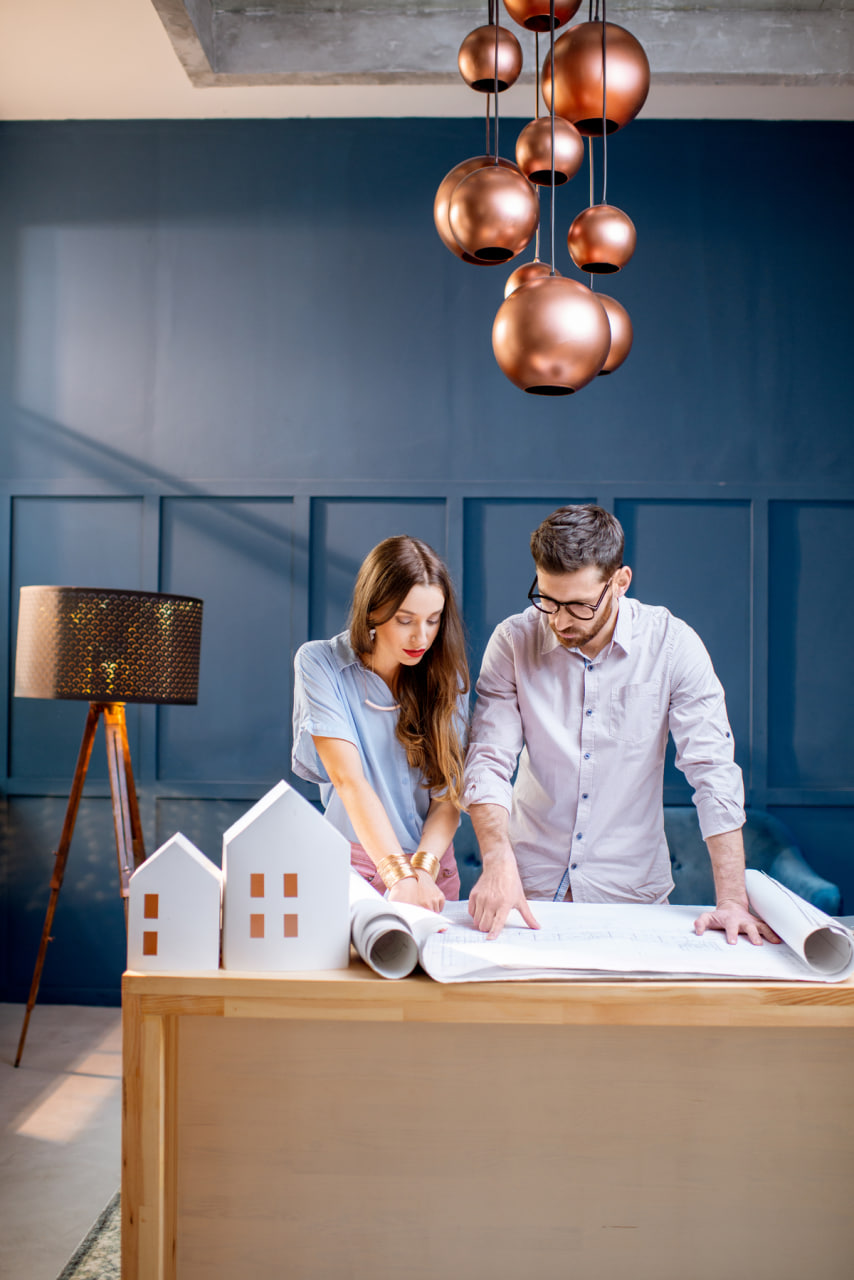Phone:
(701)814-6992
Physical address:
6296 Donnelly Plaza
Ratkeville, Bahamas.

In the world of flexible home design, storage isn’t just about where you put things—it’s about how your environment can evolve with your life. As needs change, the ability of your storage to adapt becomes a cornerstone of both practicality and peace of mind.
Whether you’re living in a small apartment, downsizing, expanding a family, or simply refining your space over time, traditional built-in storage often falls short. You need storage that’s mobile, modular, and aesthetically pleasing—solutions that match your lifestyle rather than confine it.
Let’s explore how storage can become not just efficient, but a dynamic part of your home’s ongoing transformation.
Fixed storage systems—built-ins, deep closets, and permanent cabinetry—can serve well when life is stable and needs are predictable. But they often become limiting as your routines evolve. That closet that once held winter coats now needs to accommodate hobby gear, work supplies, or children’s toys. Suddenly, space that once seemed ample becomes rigid, cluttered, or misaligned with your daily habits.
Modular and mobile storage responds to this challenge by offering versatility without sacrificing design. It’s about building a system that can shift with you—not just physically, but emotionally and functionally.
Modular storage is designed to be assembled and reassembled, expanded and rearranged, based on your evolving needs. Think of open shelving units that can be stacked vertically or spread horizontally. Cube systems with customizable inserts. Drawer units that fit under a desk today and become bedside tables tomorrow.
These systems are especially valuable for small apartments where space must be maximized vertically, homes in transition, or renters who need non-permanent storage solutions. Look for designs that prioritize clean lines, neutral palettes, and high-quality materials so they integrate seamlessly into any room. This type of storage is a long-term investment that grows with you—not against you.
Multifunctional furniture is the unsung hero of flexible living. Ottomans that store linens, beds with built-in drawers, benches that open up to hide seasonal items—all these solutions do double duty while maintaining the look and feel of your space.
These pieces are particularly powerful in smaller homes where every square meter counts. They allow you to store what you need without adding clutter or compromising on aesthetics. Choose designs with clean lines and thoughtful craftsmanship so they feel intentional—not improvised.
In a flexible home, mobility is key. Rolling carts, baskets with handles, and lightweight shelves can easily move from one room to another, supporting your daily shifts in rhythm and use. A cart can serve as a kitchen island in the morning, a bar cart in the evening, and a craft station on weekends.
Wheeled drawer units can be tucked under desks or moved beside a sofa to hold books and chargers. Storage crates on casters can store kids’ toys and be moved room-to-room with ease. This type of fluid storage keeps your home dynamic and responsive—ready to change with your mood, your tasks, and your schedule.
Visual clutter can be as disruptive as physical mess. That’s why hidden storage solutions are vital to a serene and functional space. Think under-bed storage bins, slim drawers under staircases, or entryway benches with interior compartments.
The goal isn’t to cram things out of sight, but to create calm by reducing what’s visually competing for your attention. Hidden storage allows your most used and loved items to shine—while everything else stays accessible, but invisible. For those who value both beauty and order, this approach offers the best of both worlds.
Rethink the idea that storage must be confined to closets and cupboards. Open shelving, well-designed hooks, ladder racks, wall-mounted bins, and ceiling-hung rails all make use of underutilized surfaces in a home.
These options not only increase your usable storage space, they can become visual features themselves when styled intentionally. A row of beautiful baskets or hanging organizers can feel more like an art installation than a utilitarian fix.
The key is to strike a balance between accessibility and order. Store everyday items within reach and arrange them in a way that complements your space’s design language.
The most successful storage systems are those that don’t just meet your current needs—they’re ready for what’s next. Ask yourself: Can this shelf system expand if I need it to? Will this storage unit work in another room if I move? Is this solution easy to disassemble, clean, or repurpose?
This kind of thinking puts flexibility at the forefront. It also encourages a slower, more thoughtful relationship with objects. When you curate what you keep—and how you store it—your space becomes lighter, clearer, and more supportive of the life you’re building.